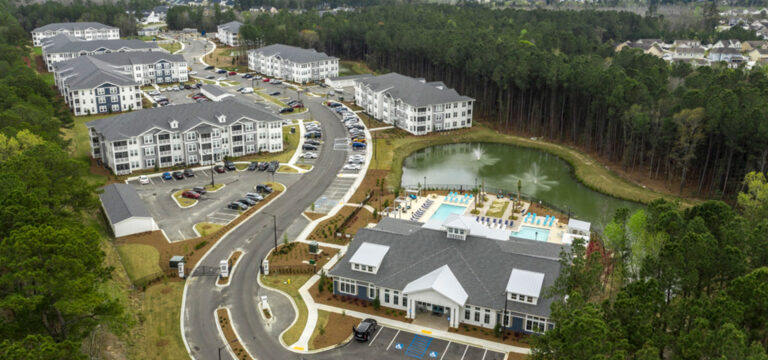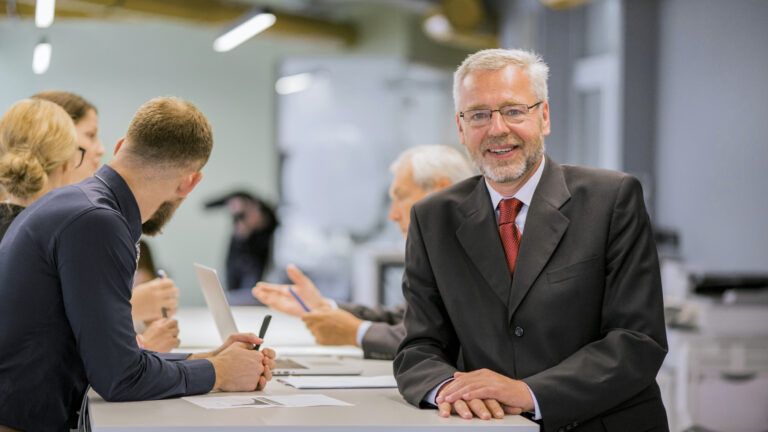Preserving Architectural Heritage: The Importance of Building Restoration
Key Takeaways:
- I am exploring the nuanced distinctions between restoration, renovation, and repairs in the context of architectural conservation.
- Discussing the critical role building restoration plays in urban development, economic stimulation, and maintaining cultural continuity.
- Deconstructing the meticulous process professionals undertake during a restoration project, including challenges and technologies used.
- It unveils the financial veins of restoration through grants and funding, along with educational opportunities that foster expertise in this field.
- We provide a call to action for community and individual initiatives to support building restoration, thus contributing to cultural preservation.
Table of Contents:
- Understanding Building Restoration
- The Role of Restoration in Urban Development
- The Process of Professional Building Restoration
- Challenges and Considerations in Building Restoration
- Case Studies of Successful Building Restoration Projects
- Technologies and Innovations in the Field of Restoration
- Funding and Grants for Building Restoration
- Educational Opportunities and Resources in Building Restoration
- Future Trends and Outlook for Building Restoration
- How You Can Contribute to Building Restoration Efforts
Understanding Building Restoration
The webs of history are often woven into the very fabric of our architectural landmarks. Building restoration, a meticulous process aimed at returning historic structures to their bygone magnificence plays a pivotal role in preserving the narratives of our past. Differentiating restoration from renovation and repairs is essential. Renovation aims to update and modernize a building for contemporary use, while repairs merely fix existing issues. On the other hand, restoration is a devoted attempt to revive a structure’s original condition and appearance, often necessary to maintain historical and cultural integrity. Commitment to accuracy in restoring a building’s architectural nuances is paramount to honoring the craftspeople who initially brought these structures to life.
The Role of Restoration in Urban Development
A successful historic masonry restoration project turns back the clock, allowing a building to stand as an authentic representation of the era it originates from. This approach often involves a blend of art and science, a detailed understanding of traditional building techniques, and an intimate knowledge of historical materials and their properties. For structures that have weathered the sands of time, restoration offers a renewal of strength and a celebration of their storied pasts. Restoration holds a unique position in the narrative of urban development. As new buildings rise to touch the skyline, the dignified old structures must be seen and preserved. A symbiotic relationship exists where modern urbanization is enriched by the storied character of restored buildings, creating a tapestry of time within the cityscape. When old buildings are thoughtfully restored, they contribute significantly to the local economy, nurturing tourism, fostering small businesses, and inviting residents and visitors to connect with the city’s historical roots.
Organizations such as the National Trust for Historic Preservation understand these historical structures’ vital role in maintaining urban centers’ vibrancy and unique character. They work tirelessly to advocate for policies and practices that ensure the balanced coexistence of old and new, aiming for a future where skylines are as much about the soul as they are about the silhouette.
The Process of Professional Building Restoration
The restoration of a building is a delicate endeavor requiring a team of experts, each bringing their specialized knowledge to the table. Initially, structural engineers inspect the building, assessing damage and identifying areas needing attention. Decisions must be made carefully; the goal is to maintain the building’s structural integrity while preserving its historic character. Masonry experts must match new materials with old—this can involve anything from color-matching bricks to creating custom fixtures that mimic the original designs. Each aspect of this labor-intensive process underscores a commitment to the art of preservation—a craft that necessitates precision, patience, and a profound respect for the past.
Challenges and Considerations in Building Restoration
Restoration professionals face many challenges, not least of which is preserving the authentic aesthetic of structures while reinforcing their durability against future wear. Intricate details in woodwork, stonemasonry, and ironwork often require experts trained in time-honored techniques. Yet, beyond the physical repair, they must navigate a web of regulations and zoning laws, ensuring restoration efforts comply with current standards and maintain historical integrity. Restoration also intersects with sustainability — practitioners must balance the restoration of historical spaces with environmentally friendly practices, thus ensuring that these buildings can continue to be part of our living heritage without undue environmental impact.
Guidance and standards provided by organizations such as the Heritage Documentation Programs are invaluable in this intricate balance of old and new, assisting in the planning and executing restoration projects with a meticulous eye towards preserving the past while accommodating present-day needs.
Case Studies of Successful Building Restoration Projects
Across the globe, there are outstanding examples of restoration’s potential to revitalize buildings and communities. Each project carries unique insights regarding the thoughtful application of restoration techniques. From the rebirth of Victorian homes to the rejuvenation of ancient temples, these case studies exemplify restoration’s transformative impact on structures and the surrounding community. Often, these restorations involve collaborations between government entities, private organizations, and citizens, each bringing their perspective and resources to the table to preserve a piece of their cultural identity.
Technologies and Innovations in the Field of Restoration
Innovators harness a suite of technologies to augment traditional practices in the contemporary landscape of building restoration. Advanced imaging techniques, like 3D scanning, allow for detailed assessments of architectural features, providing a foundation for meticulously crafted plans. From there, digital tools and software aid in visualizing the potential outcomes of a restoration project, allowing stakeholders to glimpse into the future of the past. Modern advancements continue to evolve the field, reducing labor intensity while increasing accuracy and even offering solutions to mitigate future deterioration.
Funding and Grants for Building Restoration
The financial aspect of restoration is critical, as these projects often require significant investment. Securing this funding can be challenging, yet numerous avenues are available to those seeking it. Government grants, tax incentives, and private donations all play a role in facilitating restoration projects. Advocacy groups and historical societies often act as intermediaries, campaigning and raising awareness about preserving our architectural history, opening doors to funding opportunities. For caretakers of historical properties, becoming familiar with the available financial support can be the first step towards bringing a restoration project to life.
Educational Opportunities and Resources in Building Restoration
Education is the cornerstone of maintaining and expanding restoration expertise. Around the world, academic institutions offer specialized programs in historic preservation and restoration, blending classroom theory with hands-on field experience. These programs prepare students to understand the intricacies of building restoration and lead research, planning, and advocacy efforts for historical properties. Moreover, online platforms and local workshops provide additional resources for continuing education, offering spaces where novices and experts can deepen their understanding and hone their craft.
Future Trends and Outlook for Building Restoration
As building restoration continues to mature, several trends have begun to emerge. There is a growing awareness and commitment to sustainable practices within the field and a greater emphasis on community involvement in preservation efforts. Countries and organizations are more frequently collaborating internationally, sharing best practices and technology to ensure that a broad spectrum informs restoration efforts of insights and expertise. Looking to the future, the restoration field holds much promise as it continues to integrate modern sensibilities with a reverence for the past, ensuring that historic structures remain a lasting part of our built environment.
How You Can Contribute to Building Restoration Efforts
Building restoration is a collective endeavor that thrives on the participation of individuals from all walks of life. Whether through hands-on volunteer work, financial contributions, or advocacy, there are numerous ways for the public to get involved in preservation efforts. Engaging with local heritage organizations, participating in fundraising events, and simply spreading the word about preserving historic structures are all meaningful ways to contribute. Your involvement makes a distinct difference, championing the cause of building restoration and ensuring our shared architectural history remains vibrant for future generations.







